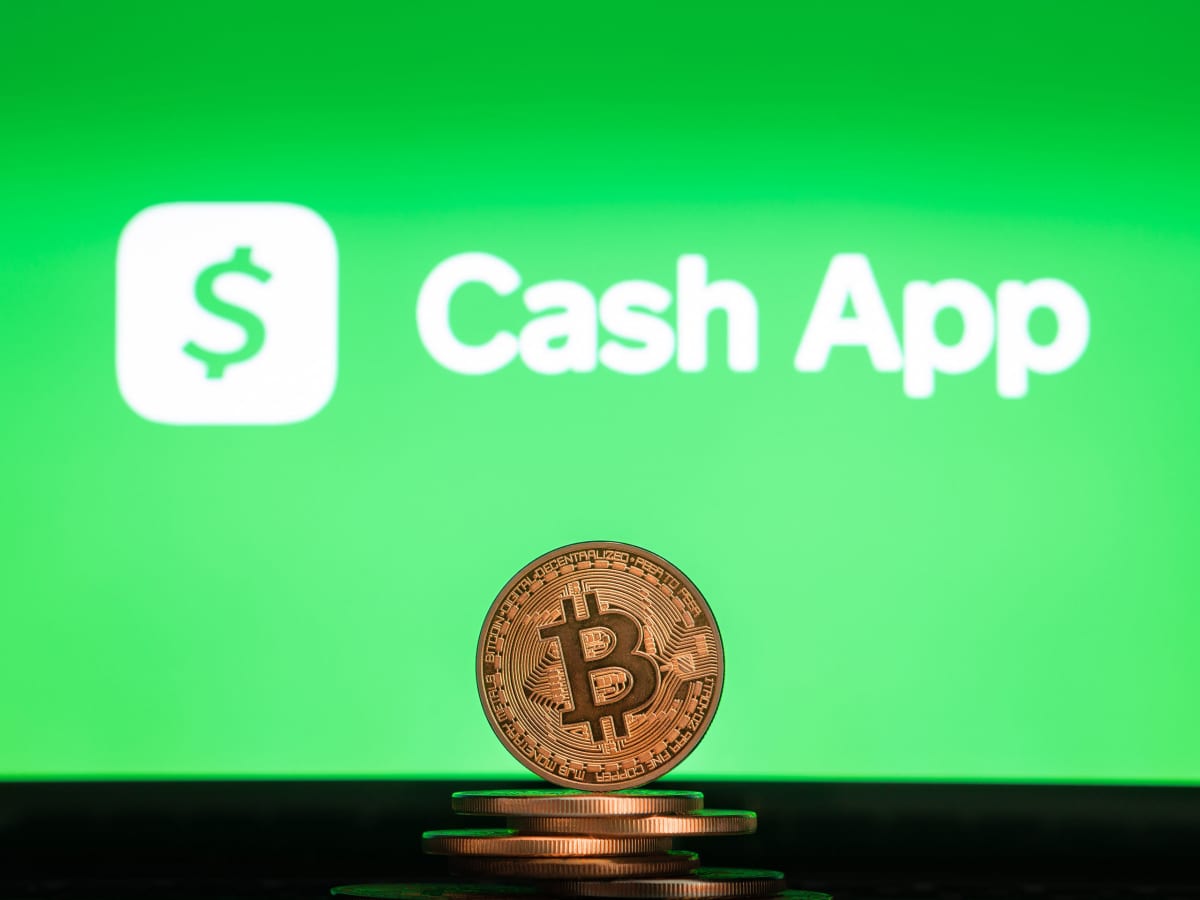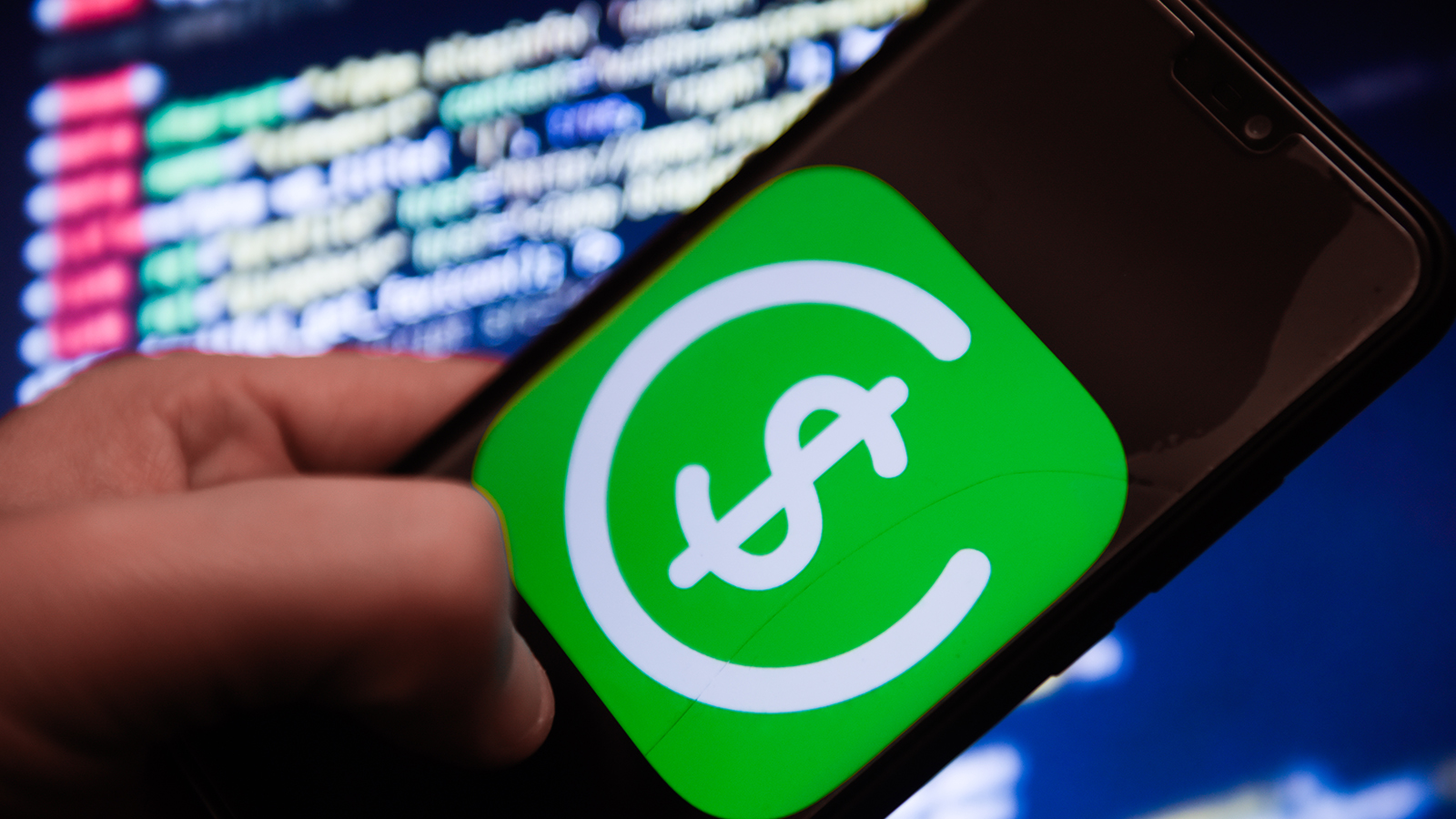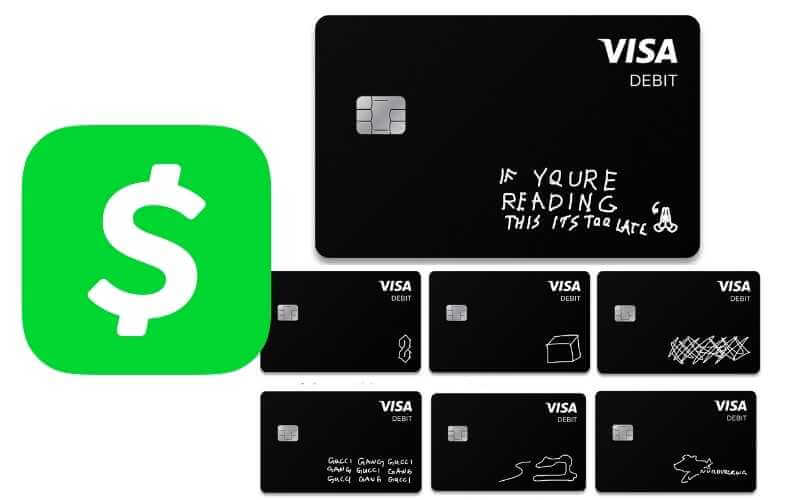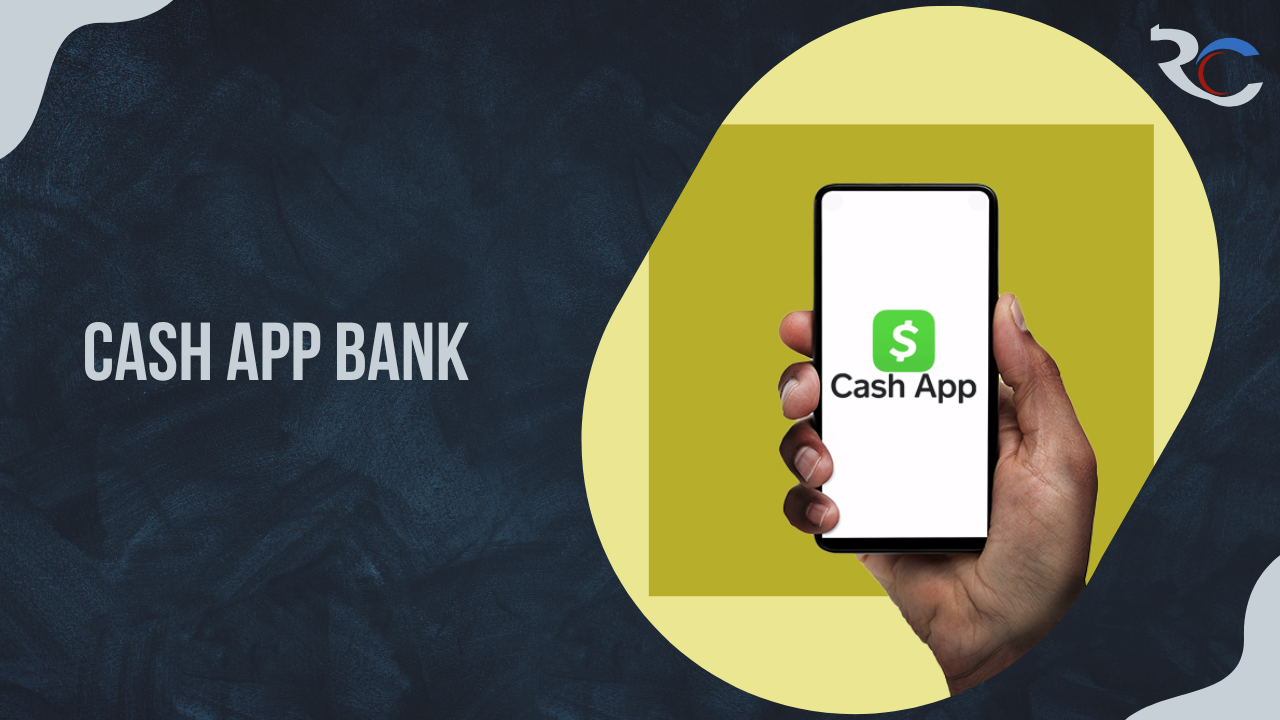Set up a direct debit with the ubiquitous Cash App by providing the bank’s name, routing number, and account number. We’re glad to be of assistance.
Exactly What Is The Name Of Cash App’s Banking Institution?
Knowing that Cash App is compatible with two banks, you may be wondering which one your Cash App account is linked to. General Cash App Cash Card issuing is handled by Sutton Bank, while direct deposit management is handled by Lincoln Savings Bank.
You can determine which one your account belongs to by following these steps:
- Launch the App
- Go to the Banking menu Tab.
- Below your current amount, you’ll see a link to enter your bank’s routing number and account number.
What Kind Of Bank Account Does Cash App Represent?

Cash App, originally released in 2013 under the name Square Cash, is a digital banking and mobile payment app with 30 million monthly active users in the United States. Even while the app is not a traditional bank account, it does provide access to banking services and debit cards through affiliated financial institutions. In addition, the Federal Deposit Insurance Corporation covers all deposits held by participating institutions.
You can buy stocks and Bitcoin with the app, in addition to sending and receiving money. Cash App Investing allows users to buy Bitcoin for as little as $1 and Cash App Taxes enables users to file their taxes for free. Direct deposits and debit cards are both available options.
If you opt for direct deposit, you’ll receive your paycheck up to two days early, and if your monthly direct payments total $300 or more, you’ll be eligible for three free ATM withdrawals.
You may use the app’s stats to guide your investment selections, place bespoke orders to determine your desired pricing, and automate your investments with regular purchases, among other capabilities.
Also Read: Best Android Phone 2022: Here Are The Top 6 Android Devices That You Should Buy!
Exactly How Does The Cash App Operate?

Cash App’s user interface is quite straightforward. In order to get started, just get the app or create an account online. After that, connect a bank account to start making and receiving payments. The next step is to make a $Cashtag, often known as a username so that you and others can be easily located. Name, email address, and phone number searches are all available options.
Payments are deposited into your Cash App balance, where they might remain until you withdraw them or transfer them to a linked bank account. The fee for an instant transfer is either 25 cents or 0.50% to 1.75% of the total amount sent. There is no cost involved if you can wait for the standard one to three business days for the transfer to complete.
Money can be added to an account by selecting “Add Cash” from the banking menu, entering the desired amount, and then tap “Add.”
Also Read: Flashlight App: 5 Best Android Flashlight Apps Available Right Now!
Is There A Debit Card Option With Cash App?

If you sign up for a Cash App account, you’ll be issued a Cash Card that may be used for both online and in-store transactions. Use of a Cash Card at an ATM will incur a $2 fee in addition to whatever costs are imposed by the ATM owner. You can avoid ATM fees entirely by choosing direct deposit, which will cover up to three withdrawals at an ATM of your choice within a 31-day period. The fact that the Cash Card may be personalized is a lovely touch.
How Do I Setup Regular Deposit?

Paychecks, tax refunds, and earnings from other sources, like a side venture, can all be deposited using Cash App. Locating your bank’s account and routing number is the first step in setting up direct deposits.
Once everything is in place, you can receive up to $25,000 in a single direct deposit and up to $50,000 in a single business day.
You can access these funds immediately, or up to two days sooner than at most financial institutions. Keep in mind, though, that your first deposit could take a little longer to arrive, depending on your company.
Also Read: Yubo: Complete Information for Parents Regarding Yubo!
Where Do We Go from Here To Arrange For Direct Deposit?
Your new account and routing numbers will be displayed immediately upon ordering, receiving, and activating your Cash Card. How to locate your bank’s routing and account numbers:
- Launch Cash App and select the “Banking” option.
- Tap the routing number and account number that appear under your current balance.
- Get a copy of your bank and routing information now.
- Provide your bank’s account and routing information when setting up direct deposit.
Cash App’s “Banking tab” is where you’ll want to go to initiate integration with your payroll system.
- To begin, open the Cash App and navigate to the “Banking” page.
- Click the “Direct Deposit” option.
- Select “Get Started” under “Automatic Setup.”
- Go to where your company is and do what they say.
Direct deposit forms can be obtained by:
- Launch Cash App and select the “Banking” option.
- Select “Direct Deposit” to proceed.
- Make a direct deposit by clicking the “Get Direct Deposit Form” button.
- Include your current and previous employers.
- Specify the monthly or weekly amount you wish to have withheld from your paychecks.
- Sign
- Choose the “Contact Us” option.
- Please include the address of the receiver.
- Select the “Send” button.
Select “Get Direct Deposit Form” from the “Banking” page, then “View Previous Form” to see the finalized direct deposit form.
Also Read: First Nio Smartphone May Feature Flagship Snapdragon Chip & 100 W Fast Charging! [Latest News]
Direct Deposit Timeframe: How Long Will It Take?
Direct debits are normally available within one to five business days after they are sent via Cash App.
That’s typically a full two days sooner than many “real” banks. If it has been longer than 5 days, though, you should probably get in touch with Cash App.
The time it takes for the funds to appear in your Cash App account following a direct deposit is dependent on when the depositor, such as your employer, starts the payment. Other factors are also at play here, and these might add to the waiting time.

